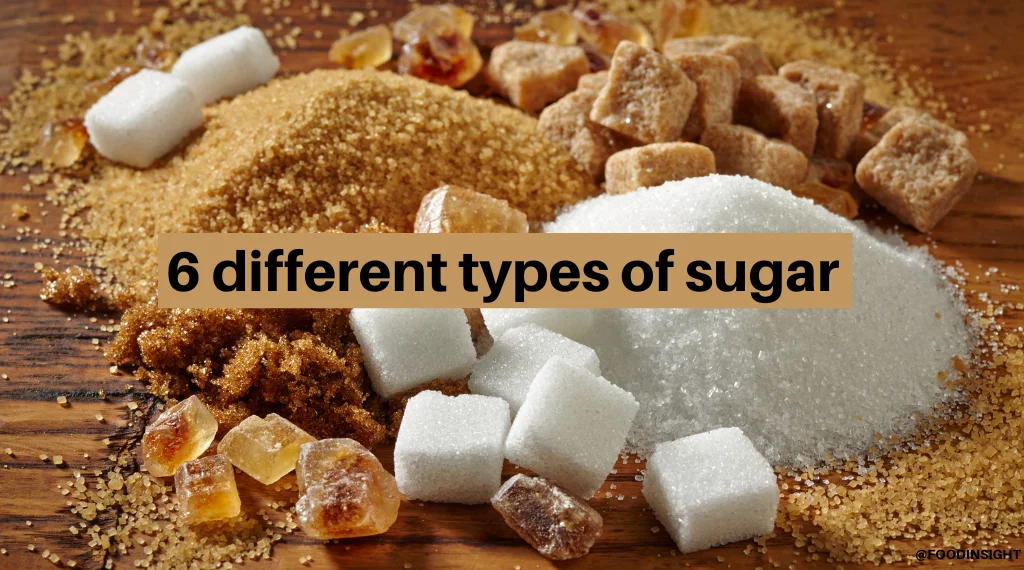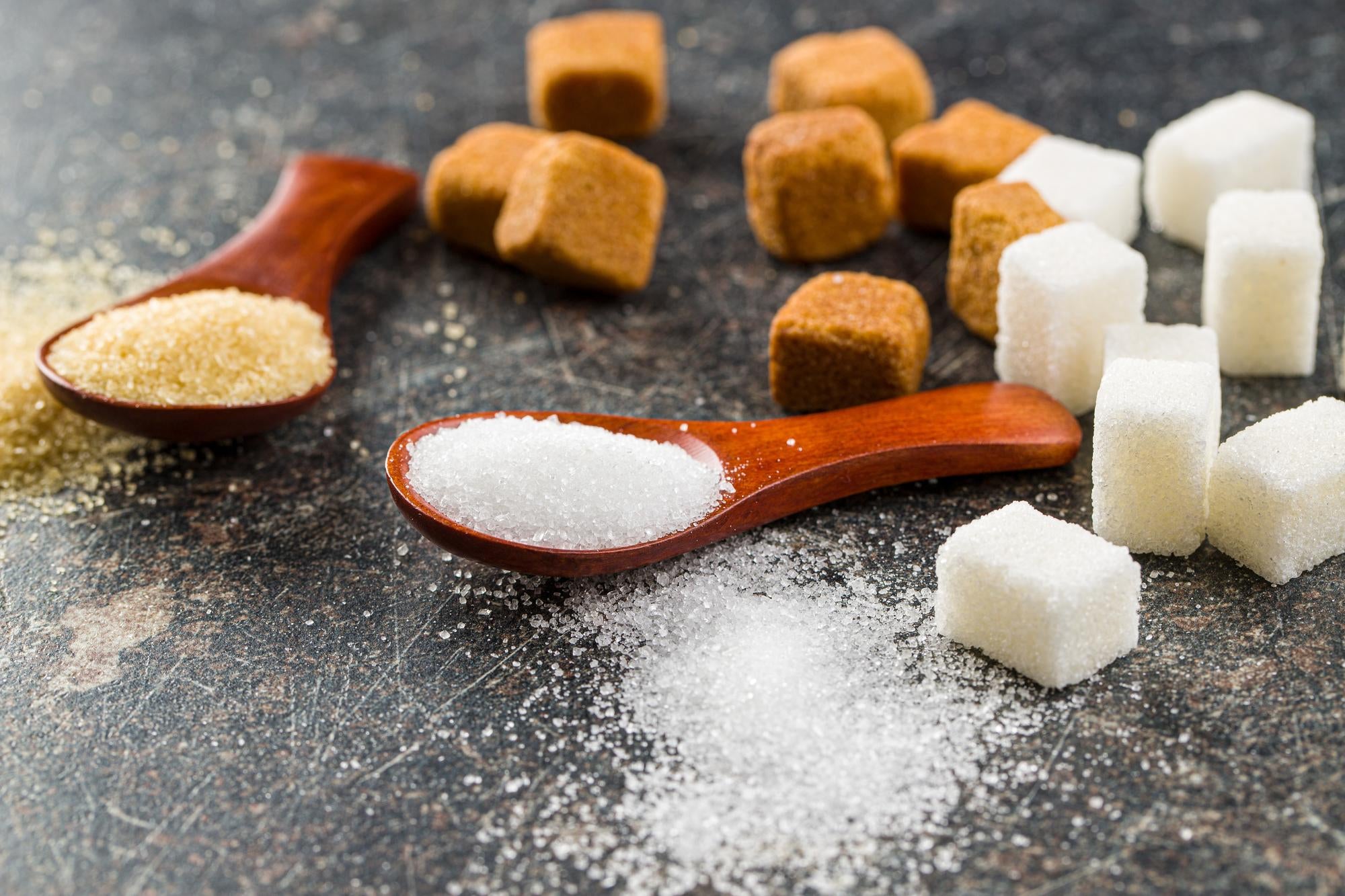Examining beet sugar vs cane sugar reveals distinctions in price differences and market supply.
Examining beet sugar vs cane sugar reveals distinctions in price differences and market supply.
Blog Article
Discover the Uses and Conveniences of Beet Sugar Vs Cane Sugar in Your Daily Diet Regimen
Checking out the distinctive high qualities of beet and cane sugar discloses greater than just their sweetening capacities; it highlights their distinct effect on health and cookeries. Beet sugar, understood for its refined taste, is commonly preferred in fragile treats, whereas cane sugar, with its tip of molasses, includes splendor to durable dishes. Each type holds its very own dietary profile and glycemic ramifications, welcoming a much deeper understanding of their roles in a balanced diet and sustainable usage practices.
Origin and Production Processes of Beet and Cane Sugar

The unique climates and dirt types needed for expanding sugar beetroots and sugarcane add to differences in their cultivation techniques and geographic distribution, affecting the business economics and sustainability of their manufacturing. beet sugar vs cane sugar.
Nutritional Contrast Between Beet Sugar and Cane Sugar
Despite stemming from various plants, beet sugar and cane sugar are nutritionally really similar, both largely including sucrose. Each provides concerning 4 calories per gram, equating to about 16 calories per teaspoon. Structurally, both sugars are composed of roughly 99.95% sucrose, with very little amounts of various other materials like dampness and trace minerals, which do not significantly alter their nutritional profiles.

Inevitably, when selecting in between beet sugar and cane sugar based on dietary content alone, both offer the same benefits and downsides as they are basically types of the very same molecule-- sucrose, giving quick power without various other nutrients.
Effect On Health: Glycemic Index and Caloric Content
Discovering additionally right into the effects of beet sugar and cane sugar on health, it is important to consider their glycemic index and calorie web content. The glycemic index (GI) of both beet and cane sugar is around 65, classifying them as high-GI foods, which can trigger quick spikes in blood glucose levels.
Each type of sugar contains about 4 calories per gram, making their calorie material equivalent. For those checking calorie consumption, particularly when taking care of weight or metabolic wellness problems, comprehending this equivalence is vital (beet sugar vs cane sugar). Excessive intake of any kind of high-calorie, high-GI food can contribute to health and wellness problems such as excessive weight, heart illness, and insulin resistance.
Environmental and Economic Considerations of Sugar Manufacturing
Beyond health and wellness impacts, the manufacturing of beet and cane sugar also increases significant environmental and financial issues. Sugar beet farming has a tendency to require cooler climates and has a lower geographical footprint contrasted to sugar cane, which thrives in exotic regions. Both crops are extensive in terms official website of water use and land profession, possibly leading to logging and water shortage. Financially, the global sugar market is extremely unpredictable, influenced by modifications in global profession policies and aids. Many countries incentivize sugar manufacturing via financial backing, skewing market costs and influencing small farmers negatively.
In addition, making use of pesticides and fertilizers in both beet and visit this page cane sugar growing can result in dirt deterioration and air pollution, more influencing biodiversity and neighborhood water bodies (beet sugar vs cane sugar). The selection in between growing sugar beet or cane typically pivots on neighborhood ecological conditions and economic elements, making the sustainability of sugar production a complex issue
Culinary Applications and Taste Distinctions
While the environmental and economic facets of sugar production are certainly substantial, the option between beet and cane sugar additionally influences culinary applications and flavor accounts. Beet sugar, obtained from the sugar beet plant, is understood for its extremely neutral preference.
Walking stick sugar, removed from sugarcane, often maintains molasses traces, which present a distinctive richness and deepness. The mild variant in moisture material in between beet and cane sugar can impact the appearance and uniformity of dishes, making cane sugar a favored option for certain recipes that benefit from its special buildings.

Final Thought
In final thought, both beet and cane sugar have distinct origins and manufacturing procedures, supplying similar dietary accounts with small differences in salt web content and flavor. While their effect on health and wellness, particularly concerning glycemic index and calories, is comparable, the selection in between them commonly boils down to environmental, financial elements, and specific cooking requirements. Recognizing these elements can guide customers in making notified decisions that line up with their health and wellness objectives and taste choices.
Report this page